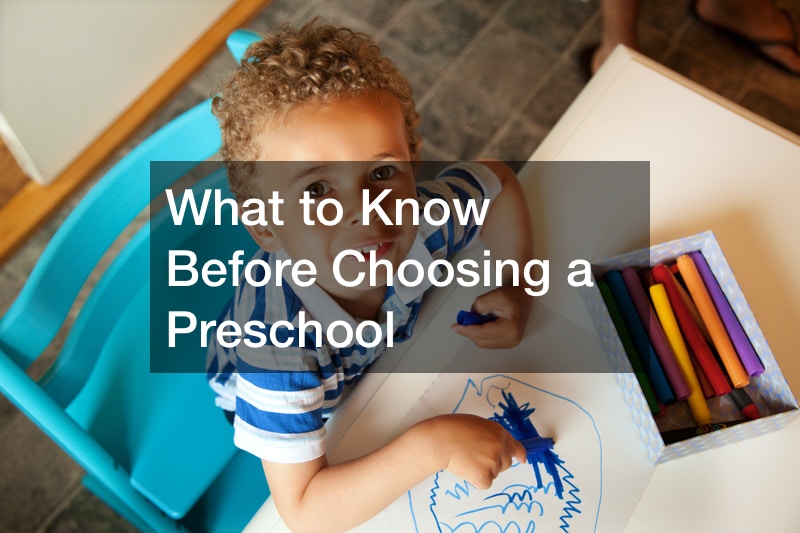How Early Can You Start Training Your Dog?


Training your puppy is not just about teaching them to sit or stay; it’s about instilling good behaviors, building confidence, and fostering a strong bond between you and your furry friend. But how early can you start? Let’s dive into the crucial points of early puppy training.
1. Start from Day One
The moment you bring your puppy home marks the beginning of their education.
Experts recommend initiating training sessions immediately. Aim for 1 to 3 short sessions per day, lasting between five to fifteen minutes each. Utilize mealtime as an opportunity for training, ensuring consistent reinforcement by rewarding correct behaviors. If time constraints arise, integrate training into feeding by providing food in interactive toys like a Kong, promoting mental stimulation and chewing satisfaction simultaneously.
2. Potty Training: A Priority
Potty training is a fundamental aspect of puppy care that demands immediate attention. By promptly initiating potty training, you set the stage for establishing proper bathroom habits that will benefit your pup throughout their life. Avoiding the use of puppy pads is crucial, as they can create confusion about where it’s acceptable to relieve themselves, potentially prolonging the training process.
Additionally, keeping the crate near your bed at night serves a dual purpose: it provides your puppy with a comforting presence, easing any nighttime anxieties, while also facilitating the reinforcement of positive behaviors, such as sleeping through the night without accidents. This proximity helps strengthen the bond between you and your puppy while fostering a sense of security and trust.
3. Building Confidence and Exposure
Confidence-building exercises are pivotal for a well-rounded canine companion. These exercises involve introducing your puppy to new experiences in a positive light, shaping them into confident learners. Expose your puppy to various stimuli and environments regularly, helping them adapt and thrive. Remember, your puppy takes cues from your reaction, so maintain composure and act nonchalantly during moments of fear.
4. Fun Learning Environment
To ensure training sessions are enjoyable for both you and your puppy, it’s essential to create a positive and engaging environment. Incorporating specific strategies can make learning fun and motivating for your furry companion. Firstly, utilize rewards such as treats, toys, or verbal praise to reinforce desired behaviors, making the learning process rewarding and enjoyable.
Incorporate interactive games like fetch or tug-of-war into training sessions to add excitement and keep your puppy engaged. Additionally, vary training locations to prevent monotony and stimulate your puppy’s curiosity. Implementing short, frequent sessions rather than long, tedious ones helps maintain your puppy’s focus and enthusiasm. By incorporating these strategies, you can create a dynamic and enjoyable training atmosphere that fosters a strong bond and encourages active participation from your puppy.
5. Marker Training: Lay the Foundation
Before diving into specific commands, engage your puppy’s focus with marker training. Spending a minute on engagement training before each session sets a positive tone and prepares your puppy for learning.
6. Implement Free Shaping
Free shaping is a training technique that empowers puppies to think independently and problem-solve by allowing them to offer behaviors without direct guidance from the trainer. Unlike luring or prompting, where specific actions are prompted by cues or gestures, free shaping encourages the puppy to experiment and explore different actions until they stumble upon the desired behavior. For example, if the desired behavior is sitting, the trainer would wait for the puppy to offer any movement resembling sitting, such as lowering their hindquarters slightly, and then reward that action.
Through repetition and reinforcement, the puppy learns to associate specific behaviors with positive outcomes, thereby fostering cognitive development and enhancing problem-solving skills. This approach encourages creativity and confidence in puppies, as they actively engage in the learning process and discover solutions independently.
7. Shape Desired Behaviors
Start shaping behaviors through luring techniques. Use treats or toys to guide your puppy into desired actions, reinforcing good behavior systematically.
8. Introduce Leash Pressure
As your puppy progresses, incorporate leash pressure to refine their responses to commands. Leash pressure training instills discipline and control, facilitating effective communication between you and your pup.
9. Name Commands
Once your puppy masters behaviors through luring and leash pressure, assign verbal commands to each action. Consistency is key in reinforcing these commands, ensuring clarity and understanding.
10. Multi-Command Training
Keep training sessions dynamic by introducing multiple commands in each session. This not only keeps your puppy engaged but also accelerates their learning process.
After establishing verbal commands, focus on teaching the stay command. Gradually increase the duration and distance of the stay, reinforcing patience and obedience.
In conclusion, the early stages of puppy training lay the groundwork for a well-behaved and confident dog. By starting early, maintaining consistency, and fostering a positive learning environment, you set your puppy up for success in both obedience and companionship. Remember, patience, and persistence are key as you embark on this rewarding journey with your furry companion.
.








